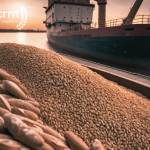
With more than 40 years’ experience in grain merchanting, Richard Whitlock provides insight by answering some questions about grain merchanting for improved farmer crop sales decision making.
- How does the future of the industry look from where you are?
UK food and farming is about to change more than at any time in my working career. On top of Brexit and a new Agriculture Act we have the ongoing challenges of an increasingly globalised market, disconnected consumers and the impact of overwhelming fact or fiction news. Our future is in our hands if we rise above all these distractions by being the ‘best in class’. Our greatest competitors are other farmers who grow crops that compete with ours. We have to be great at managing factors within our control by optimising resources such as cash, timeliness, labour, machinery and diversification, and those outside of our control such as weather, politics, economics, pandemics and consumer whims.
- Do farmers face a power imbalance when selling grain?
Many farmers believe they are at the lowest end of influence in the supply chain with most being commodity-priced producers. The reality is that everyone else in the supply chain has their weak points too. The winning answer lies in how we play to our strengths and mitigate our weaknesses by managing risks.
- How do local and national merchants generate revenue?
- Back-to-back trading margin – The difference between a same-day purchase and sale price, less haulage
- Position margin – If a merchant considers the prices will rise, they go long, if they will fall, they go short
- Spread margins – If there is an advantageous price difference between, say, wheat and barley, feed and milling, November and May, EU and UK, (they buy one and sell the other)
- Farmers are limited in their market positioning by being either long or sold out. Merchants can be more flexible by being long, short or square
- Claims – Despite opinions to the contrary, claims are an administrative cost to the merchant and very few make them any money. Every rejection always costs all parties money
- Blend gains – Into the buyers own store or onto a boat. These can sometimes be eroded by any claims against the redelivered grain
- An eye for detail on optimised destination allocation and haulage rates
- Providing additional services – Drying, cleaning, fleet haulage etc
- Complementary product supplies – seed, fertiliser, agronomy and technology
- Brand partnerships – Molson Coors, Warburton’s, Weetabix, etc
- Supply chain agreements to parent company processors – Frontier to Cargill and ABF, ADM Agriculture to ADM Milling and ADM Oilseeds, Glasson Grain to Wynnstay etc.
- Marketing tools – Pools, buybacks, premium-over contracts, minimum-price contracts, or other risk management tools
- Niche – HEAR & HOLL OSR, organic etc, many with seed supply and agronomy packages
- Use of cash – Acting as a bank by helping farmers with cashflow
- Keeping trading costs per tonne low
- Avoiding bad debt risk
- Maintaining excellent farmer and processor relationships and connections
- Which of these are most important revenue streams for a modern-day merchant?
All the above points are important income generators for merchants but points h – m are especially valuable as they gain margin and market share advantage for the offeror without the need to negotiate price alone.
- How does volatility affect a merchant?
In the short-term merchants don’t mind if the grain price is high or low, as long as they can encourage a trade and make a margin; volume is key. In today’s competitive markets it is challenging for merchants to survive solely on a back-to-back margin trade with probably less than 50% of their net margin coming from direct farm grain procurement. Their simple formula always used to be – tonnes x margin less costs, not any longer.
- What changes can we expect in the merchanting world in the future?
In today’s speedy technological communications era merchants have to be far more innovative, hence the swing to added-value, complete-package promotions. Embracing imaginative reinvention or replacement of traditional methodologies will provide the stable businesses of the future, but only for those who reach out and embrace them. The industry needs an efficient, secure and competitive merchanting sector!
- So, here we are peering over the cliff of an industrial revolution for our sector. In terms of price risk, the farmer is certainly holding the baby and most of the bath water, however we have exactly the same access to tools for risk management as the rest of the supply chain. What advice do you have for farmers?
For me, the most important future aspect, apart from being a top-of-the-class business professional, is market oversight, independent interpretation and a full understanding of price/risk tools. Relying on information that everyone else already knows is for the deadheads. Using ideas from the progressive grain-traders means that we should access our own relevant data from the reams of information available and carefully select and interpret the price-moving information that affects farmers own on-farm prices. Not an easy challenge and probably too great a challenge for most farm businesses to tackle alone. The answer must therefore be to invest time employing strategies based on unbiased insights that are timely, accurate and relevant for each farm business.
- Why do you think the industry lacks focus on grain marketing?
There are very few players in the independent advice sector, mainly because it is probably not in most merchant’s interests to promote this idea. Banks, accountants and advisors all have a role to play in ensuring that farmers become effective managers of price risk, which for arable farmers is by far the most volatile variable on their bottom lines. Many service providers in these sectors do not have much understanding about grain markets or grain marketing and therefore it is easier for an accountant to steer farmers away from risk management tools, rather than explain them. This is why CRM Agri occupies such an important position in the market. They are willing to spend time educating farmers and their new grain academy is a great initiative, followed up by clear independent advice.
For more information about the services we provide – get in touch.


